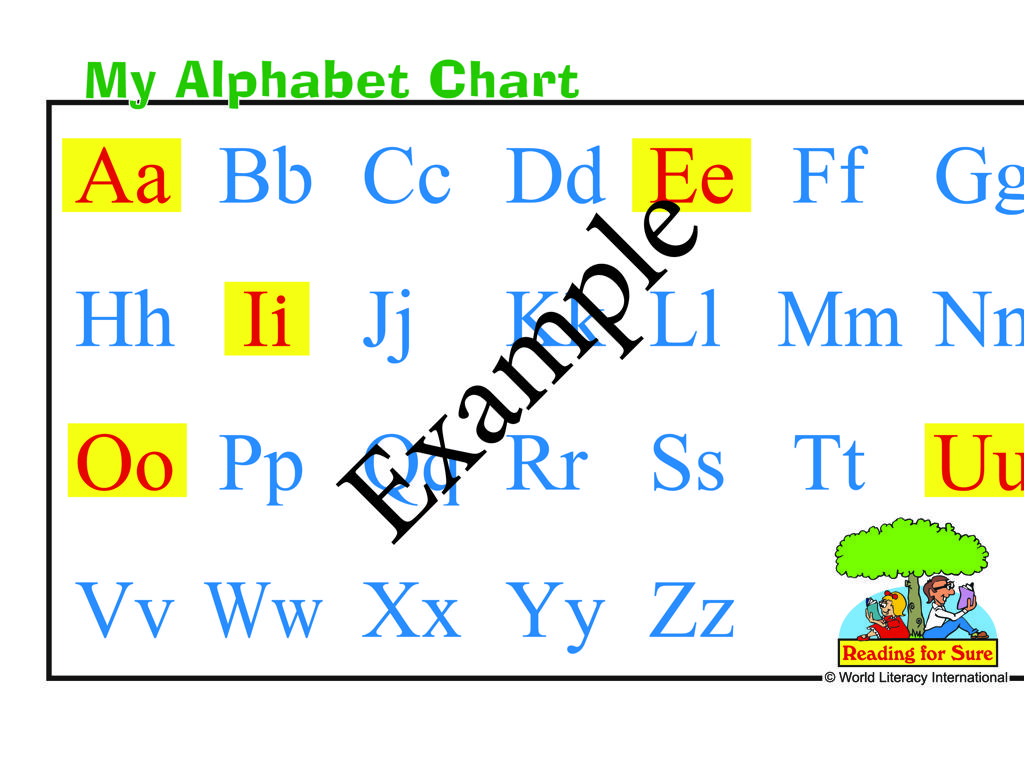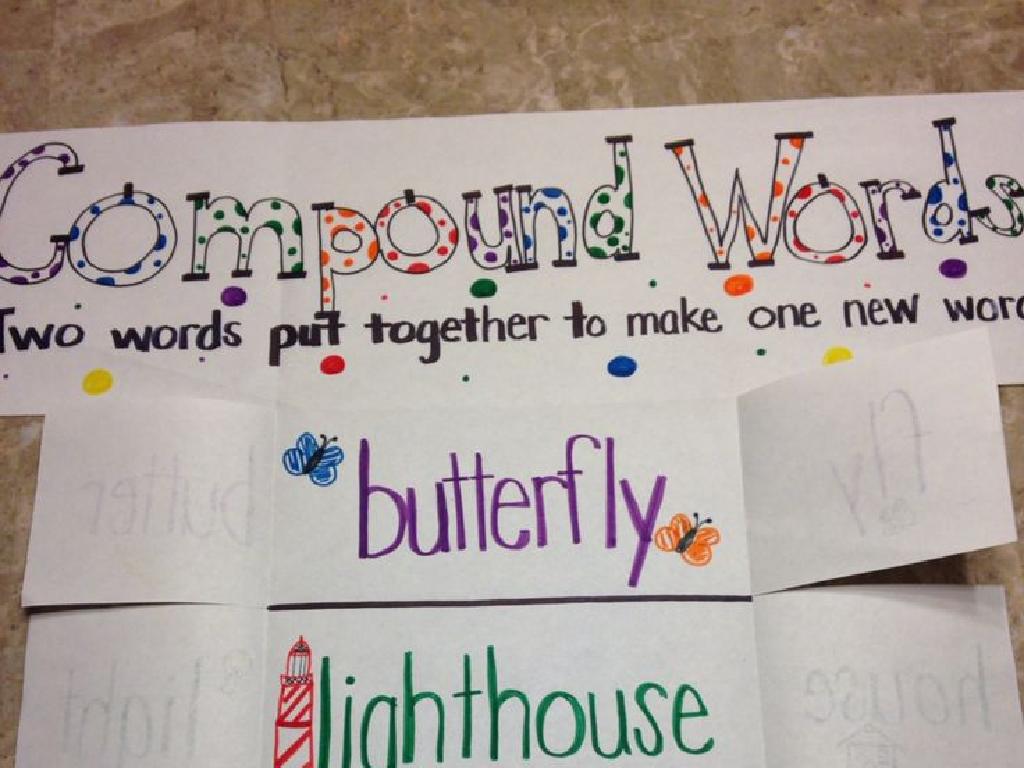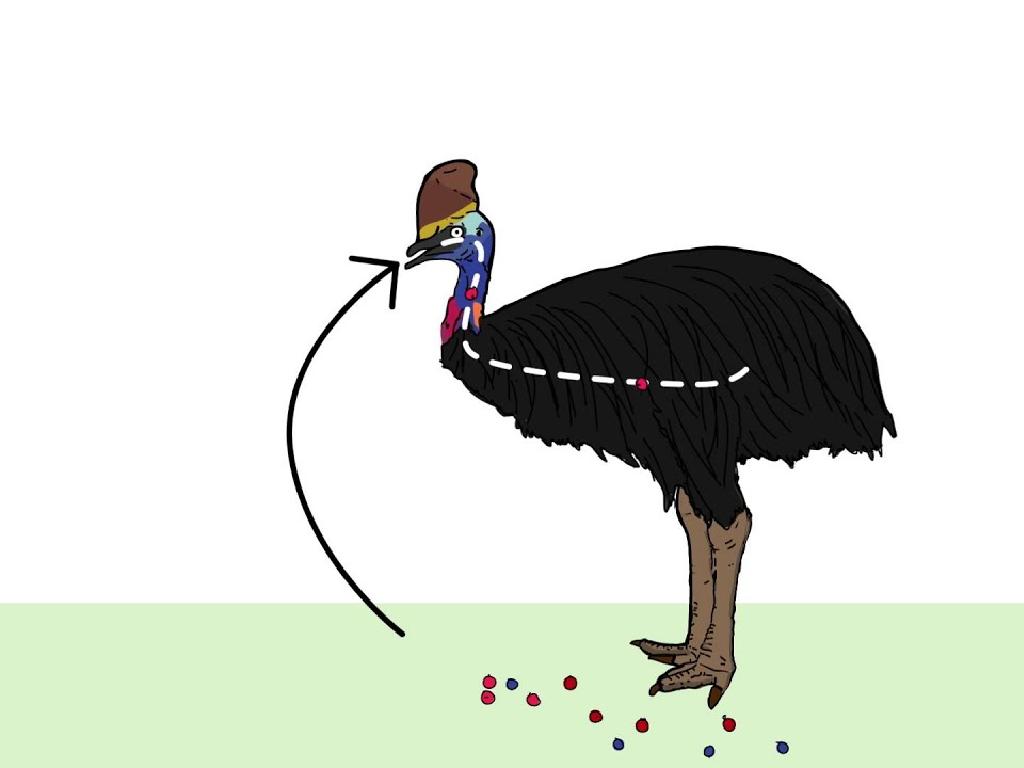Classify Rational Numbers Using A Diagram
Subject: Math
Grade: Seventh grade
Topic: Rational Numbers
Please LOG IN to download the presentation. Access is available to registered users only.
View More Content
Classifying Rational Numbers
– Define Rational Numbers
– Numbers expressed as a fraction of two integers
– Rational Numbers in Mathematics
– They are part of the number system, including integers and whole numbers
– Classifying with Diagrams
– Use Venn diagrams to classify and visualize relationships
– Today’s Goal: Mastery
|
This slide introduces the concept of rational numbers, which are any numbers that can be expressed as the quotient or fraction of two integers, with the denominator not being zero. It’s important to show how rational numbers encompass and organize other number sets like integers and whole numbers. Use diagrams such as Venn diagrams to classify numbers and help students visually understand the relationships between different sets. Today’s goal for the students is to become comfortable with classifying rational numbers using these diagrams. Encourage students to think of examples of rational numbers and where they might see them in real-world applications.
Exploring Rational Numbers
– Definition of rational numbers
– Numbers that can be expressed as a fraction a/b, where a and b are integers and b is not zero.
– Examples vs. non-examples
– Examples: 1/2, 0.75 (3/4); Non-examples: Pi (À), square root of 2 ( 2)
– Rational numbers as fractions
– Every rational number represents a part of a whole and can be written as a fraction.
– Expressing numbers as fractions
|
This slide introduces the concept of rational numbers to seventh-grade students. Begin with the definition, emphasizing that rational numbers include all numbers that can be expressed as a fraction with an integer numerator and a non-zero integer denominator. Provide clear examples of rational numbers, such as simple fractions and decimals that terminate or repeat, and contrast them with non-examples like irrational numbers. Highlight that every rational number can be represented as a fraction, even if it’s a whole number (e.g., 3 as 3/1) or a decimal. Encourage students to practice converting different forms of rational numbers into fractions to reinforce their understanding.
Classifying Rational Numbers
– Rational numbers overview
– Numbers that can be expressed as a fraction of two integers
– Integers, fractions, and decimals
– Integers are whole numbers, fractions have numerators/denominators, decimals have digits after the point
– Rational numbers family tree
– All these types are included under the umbrella of rational numbers
– Identifying various forms
– Practice recognizing different representations
|
This slide introduces the concept of rational numbers to seventh-grade students, emphasizing the inclusion of integers, fractions, and decimals within this category. Rational numbers are defined as any number that can be expressed as the quotient or fraction of two integers, where the denominator is not zero. The slide will illustrate how integers (like -2, 0, 3), fractions (like 1/2, 3/4), and decimals (like 0.5, 2.75) are all part of the rational numbers family. Encourage students to identify and classify numbers they encounter in different forms, understanding that despite their different appearances, they share the common property of being expressible as fractions. Provide examples and exercises to help students practice this skill.
Classifying Rational Numbers with Venn Diagrams
– Venn Diagrams in number classification
– A visual tool for organizing numbers into categories
– Overlapping areas and number classification
– Numbers in these areas fit into multiple categories
– Interactive class example
– Use a Venn Diagram to classify numbers together
|
This slide introduces the concept of using Venn Diagrams to classify rational numbers, a key skill in understanding the relationships between different sets of numbers. The overlapping areas of the Venn Diagram are particularly important as they show that some numbers can belong to more than one category, such as being both whole and rational. During the interactive example, encourage students to come up to the board and place numbers in the correct part of the Venn Diagram. This will help solidify their understanding of how numbers can be classified. Possible activities include classifying a set of given numbers, identifying numbers that fit into specific overlapping sections, or creating their own Venn Diagrams with a new set of numbers.
Classifying Rational Numbers with Venn Diagrams
– Understanding whole numbers and integers
– Whole numbers are 0,1,2,…; integers include negative numbers
– How to use a Venn Diagram for classification
– Place numbers where they overlap or don’t in the diagram
– Group activity: Classify numbers together
– Work in groups to sort a list of numbers into the diagram
– Recognize differences between number types
|
This slide introduces the concept of classifying rational numbers using Venn Diagrams. Begin by explaining the difference between whole numbers (non-negative numbers including zero) and integers (which also include negative numbers). Demonstrate how to use a Venn Diagram to classify numbers, with one circle for whole numbers and another for integers, showing the overlap. For the group activity, provide a list of numbers and have students work together to place each number in the correct part of the Venn Diagram. This will help them understand the concept of subsets and the relationship between different types of numbers. Prepare to facilitate the activity by dividing the class into small groups and providing each group with a list of numbers and a Venn Diagram template. Possible activities could include classifying even/odd integers, positive/negative numbers, or multiples of a given number.
Real-Life Applications of Rational Numbers
– Identifying everyday rational numbers
– Numbers like 1/2 a pizza or 0.75 dollars
– Significance of rational numbers
– Understanding these helps in daily decisions
– Examples: Money, Measurements, Ratings
– Money: $5.50, Measurements: 3/4 cup, Ratings: 4.5 stars
– Class activity: Find rational numbers
|
This slide aims to show students how rational numbers are not just theoretical concepts but are used in everyday life, making their understanding crucial. Rational numbers include fractions, decimals, and whole numbers which we use regularly, such as in money transactions, cooking measurements, and even rating apps or movies. Highlight the importance of these numbers in making informed decisions, such as budgeting or following a recipe. For the class activity, encourage students to bring examples of rational numbers they have encountered outside of school, fostering a connection between classroom math and the real world.
Class Activity: Venn Diagram of Rational Numbers
– Create your own Venn Diagram
– Classify the list of numbers
– Place each number in the correct part of the Venn Diagram
– Share and discuss with a partner
– Explain your reasoning to your partner
– Understand rational number categories
– How do integers, whole numbers, and fractions fit?
|
This activity is designed to help students visually categorize different types of rational numbers using a Venn Diagram. Provide a list of rational numbers including integers, whole numbers, and fractions. Students will classify these numbers by placing them in the appropriate sections of the Venn Diagram. After completing their diagrams, students will pair up to compare and discuss their classifications, explaining their reasoning. This peer interaction will reinforce their understanding of the concepts. As a teacher, circulate the room to offer guidance and ensure accuracy. Possible variations of the activity could include using different sets of numbers, or having students create more complex diagrams to include irrational numbers or other number sets.
Review and Reflect: Classification of Rational Numbers
– Recap of today’s learning
– Significance of number classification
– Helps in understanding math concepts better and solving problems efficiently.
– Open floor for questions
– Reflect on the lesson’s application
– Think about how this knowledge will help in real-life scenarios.
|
This slide aims to consolidate the day’s learning about rational numbers and their classification. It’s crucial for students to understand the importance of classifying numbers, as it lays the foundation for higher mathematical concepts and problem-solving skills. Encourage students to ask questions to clarify any doubts and to reflect on what they’ve learned. Discuss how classifying numbers can be useful in real-life situations, such as in financial planning, cooking, or even when comparing discounts while shopping. This reflection will help students see the practical value of the lesson and reinforce their understanding.
Homework: Mastering Rational Numbers
– Complete the classification worksheet
– Study for the upcoming quiz
– Focus on understanding how to classify and why
– Compile questions for next lesson
– Think about areas you find challenging
– Review rational number concepts
|
This homework assignment is designed to reinforce the students’ understanding of rational numbers and their classifications. The worksheet provides practical exercises for identifying and categorizing rational numbers, which will aid in preparation for the quiz. Encourage students to review their notes and textbook, and to form study groups if possible. Remind them that the purpose of the quiz is to check their understanding and that questions are welcome in the next class to clarify any doubts. Provide a list of key topics that the quiz may cover and suggest that students create a study guide to organize their revision.






